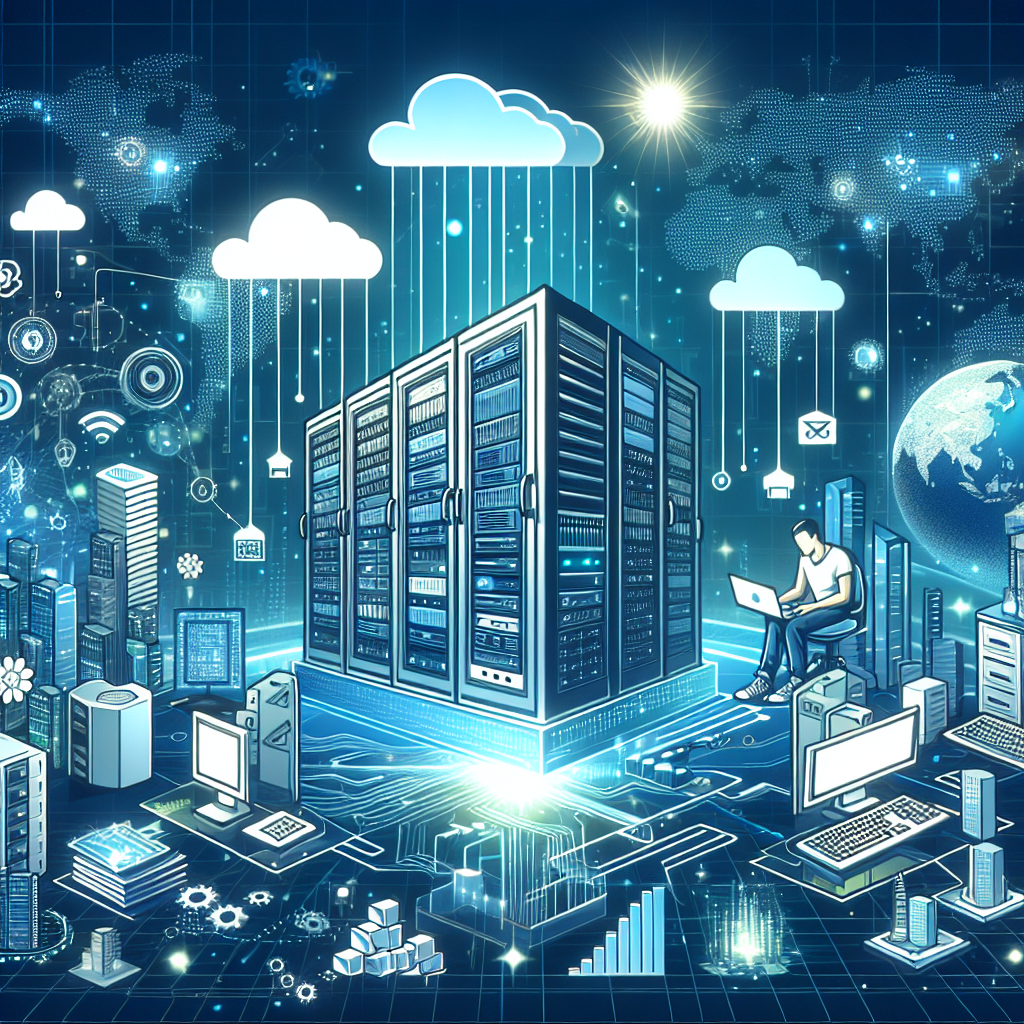In today’s rapidly evolving technological landscape, the role of IT has become increasingly critical for businesses of all sizes. With the growing complexity of IT infrastructure and the constant threat of cyber attacks, many organizations are turning to managed service providers (MSPs) for their IT needs. But what exactly does the future hold for MSPs, and why are they here to stay?
One of the key reasons why MSPs are poised for continued success is the ever-increasing reliance on technology in business operations. From cloud computing and data analytics to cybersecurity and compliance, organizations are facing a myriad of IT challenges that require specialized expertise to navigate. MSPs offer a range of services to address these challenges, from network monitoring and maintenance to disaster recovery and security management.
Moreover, as the digital transformation of businesses accelerates, the demand for IT services is only expected to grow. According to a recent report by MarketsandMarkets, the global managed services market is projected to reach $329.1 billion by 2025, with a compound annual growth rate of 9.3%. This growth is driven by the need for cost-effective and efficient IT solutions, as well as the increasing complexity of IT environments.
Another factor contributing to the rise of MSPs is the shortage of IT talent in the market. Many organizations struggle to find and retain skilled IT professionals, leading them to outsource their IT needs to MSPs. By partnering with an MSP, businesses can access a team of experts with specialized knowledge and experience, without the overhead costs of hiring and training in-house staff.
Additionally, MSPs offer a level of flexibility and scalability that is essential in today’s fast-paced business environment. With the ability to quickly adapt to changing technology trends and business requirements, MSPs can help organizations stay ahead of the curve and remain competitive in their respective industries.
In conclusion, the future of IT is bright, and managed service providers are well-positioned to play a key role in shaping that future. With their specialized expertise, cost-effective solutions, and flexible service offerings, MSPs are here to stay as trusted partners for businesses looking to navigate the complexities of the digital age. As technology continues to evolve, organizations that embrace the services of MSPs will be best positioned to succeed in the ever-changing IT landscape.









